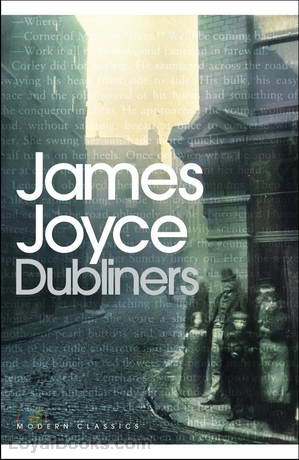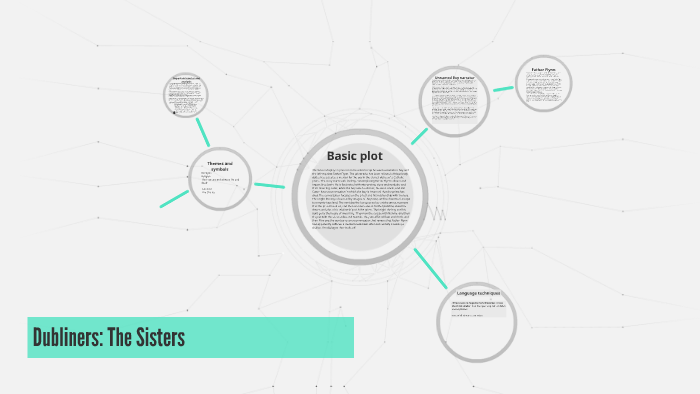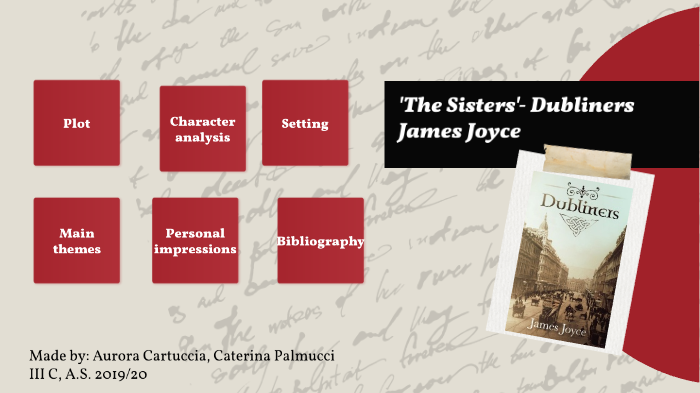
She set these on the table and invited us to take a little glass of wine. I groped my way towards my usual chair in the corner while Nannie went to the sideboard and brought out a decanter of sherry and some wine-glasses. However, the important similarity between the two works is that they served to define the modernist literary movement.In the little room downstairs we found Eliza seated in his arm-chair in state. Thematically, Eliot’s poem loosely relates to Dubliners in that it demonstrates the collective struggle to transition to the modern world. Dubliners was published just a few years before Eliot’s The Waste Land. Joyce was good friends with and stylistically very influenced by poet T.S. In it, the speaker declares his loyalty to and love for the soon-to-be independent nation. William Butler Yeats was another Irish author living and writing at the time, and in particular, his poem “To Ireland in the Coming Times” speaks to his Irish nationalist sentiments. “The Sisters” interrogates the role of the Catholic Church in Irish society, and subtly argues that perhaps the Catholic Church should no longer have a strong role in Irish culture as Ireland struggled to form itself as a nation. The collection was written at a historical moment when Irish nationalism was an extraordinarily strong movement, and the collection as a whole grapples with questions relating to the formation of an Irish national identity, both cultural and religious. “The Sisters” is part of Joyce’s canonical short story collection, Dubliners. Joyce died in 1941 in Zurich after falling into a coma after surgery. His most notable work, Ulysses, was published in 1922, and takes as its inspiration Homer’s Odyssey. This was followed by the publication of A Portrait of the Artist as a Young Man in 1916, based on the university manuscript he had abandoned. In 1914, he published Dubliners, his first major work, which tells the stories of middle-class Dublin citizens. While much of Joyce’s work centers on Dublin and Irish politics, he actually didn’t live in Ireland for most of his adult life. After graduating from his university, he met Nora Barnacle, who would become his wife, and the couple moved to continental Europe. He also began writing Portrait of the Artist as a Young Man, but temporarily abandoned the manuscript after it was rejected.


While in college, Joyce wrote essays and literary criticism. Joyce was baptized in the Catholic Church, though his father was critical of the institution and Joyce began to distance himself from the faith at an early age. After graduating from Jesuit high school, Joyce attended University College Dublin, where he studied English, French, and Italian. From a young age, Joyce excelled in school, and was particularly interested in classical studies.

James Joyce was born into an Irish middle-class family in 1882.


 0 kommentar(er)
0 kommentar(er)
